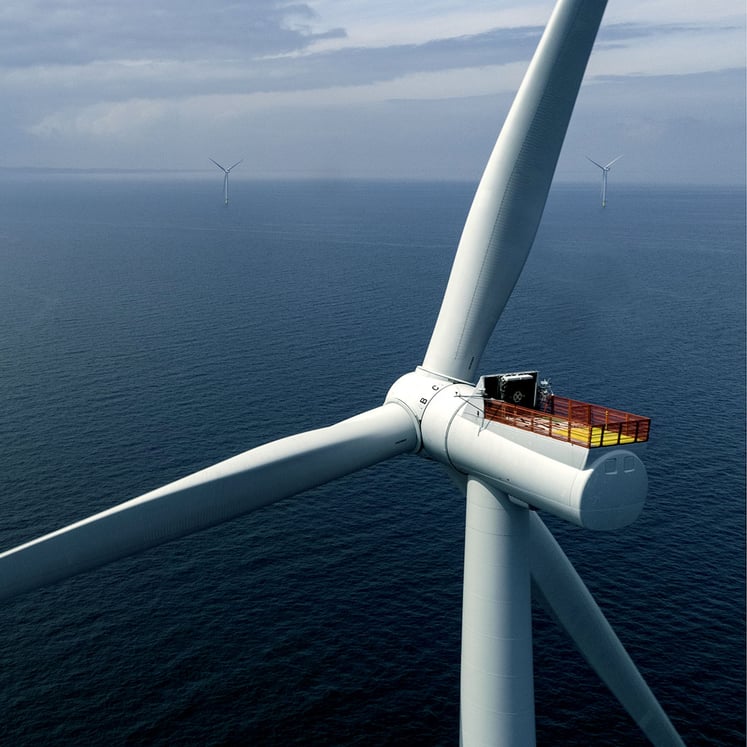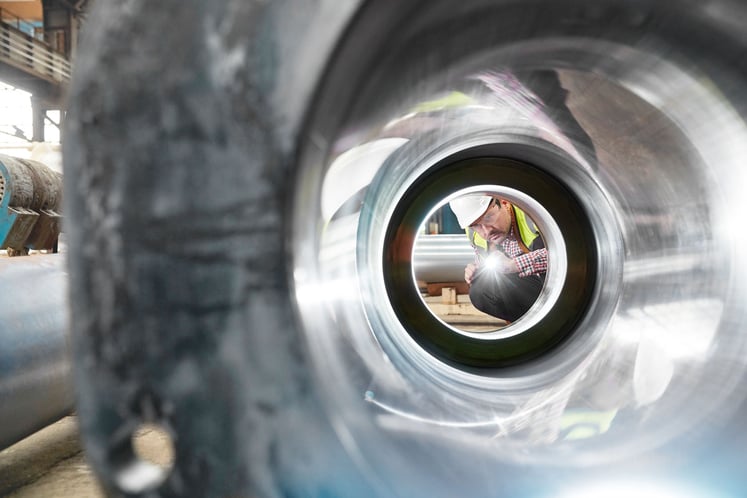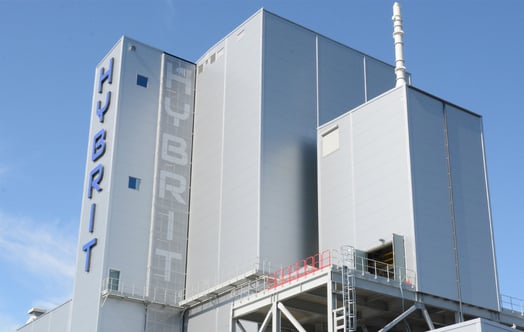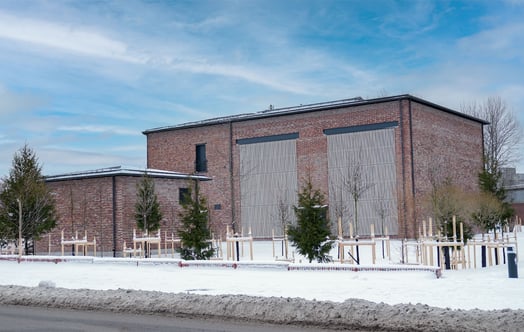Creating demand for near-zero cement
Vattenfall and Cemvision have partnered to develop and supply near-zero emission cement, which could reduce CO2 emissions by 95% compared to traditional cement by 2030.
In 2024, Vattenfall and Cemvision entered into an agreement (LOI) for the development and future supply of near-zero emission cement.

This innovative cement has the potential to reduce CO2 emissions by up to 95% compared to traditional cement, significantly lowering the carbon footprint of construction projects.
Cemvision develops cement made from recycled residual materials from various industries, including mining and steel, using a process in which Cemvision’s kilns are fuelled by fossil-free energy. Today's demonstration production reduces carbon emissions by 80%, and as processes and the supply chain are optimised, the reduction will be up to 95% by 2030.
More about circularity
The transition to a circular economy is an opportunity, and renewable energy is an important piece of the puzzle in driving the circular economy forward.

Transform to a more circular business
Circularity is essential to securing future resource needs, reducing costs, and achieving our sustainability targets.




